MotoGP Explained: What is the Difference Between Moto3, Moto2 and MotoGP Classes?
Governed by the FIM, the first-ever MotoGP Bharat Grand Prix will take place from September 22 to 24. For the uninitiated, the FIM Grand Prix World Championship features three racing classes — Moto3, Moto2, and MotoGP. What are they and how are they different from each other? Let's find out:

MotoGP: The 2023 MotoGP World Championship began in Europe with the Portuguese Grand Prix on March 26. With 21 races scheduled, the MotoGP will culminate at Valencia on November 26 after travelling through India on September 24, Japan on October 1, Indonesia on October 15, Australia on October 22, Thailand on October 29, Malaysia on November 12, and Qatar on November 19. This weekend, the Buddh International Circuit in Greater Noida, Uttar Pradesh, will be hosting the inaugural MotoGP Bharat Grand Prix in the country from September 22 to 24. The FIM, or Federation Internationale de Motocyclisme oversees the MotoGP as the main motorcycle racing competition. For those unaware, the MotoGP is one of the longest-running racing world championships, having debuted a year before Formula One in 1950. Its worldwide appeal is largely due to the purpose-built prototype motorcycles, created with only one thing in mind — ultimate performance.
The FIM Grand Prix World Championship features three racing classes — Moto3, Moto2, and MotoGP. Introduced in 2012 by Dorna Sports, the Moto3 is the entry-level racing league in the Grand Prix and is conducted together with the MotoGP and the Moto2 races. Instead of a two-stroke 125cc motor, the Moto3 motorcycles now have a single-cylinder four-stroke engine.
Also Read: MotoGP Bharat GP: Here’s When, Where and How to Watch Indian GP in India
Whereas, both the Moto2 and the MotoGP are premier-class Grand Prix racing events governed by the FIM. The MotoGP is dubbed the pinnacle of motorsport racing, while the Moto2 is a step below the MotoGP. There are several differences between the bikes and the skills required to ride them that might not be apparent to a spectator, like the customisation of bikes differs from the parts used in their assembly, while there also exists a vast gap between the advanced technology used and the pricing of a bike. For a better understanding, let's see how the MotoGP stacks up against the other two racing classes in terms of powertrains, top speed, weight, etc.
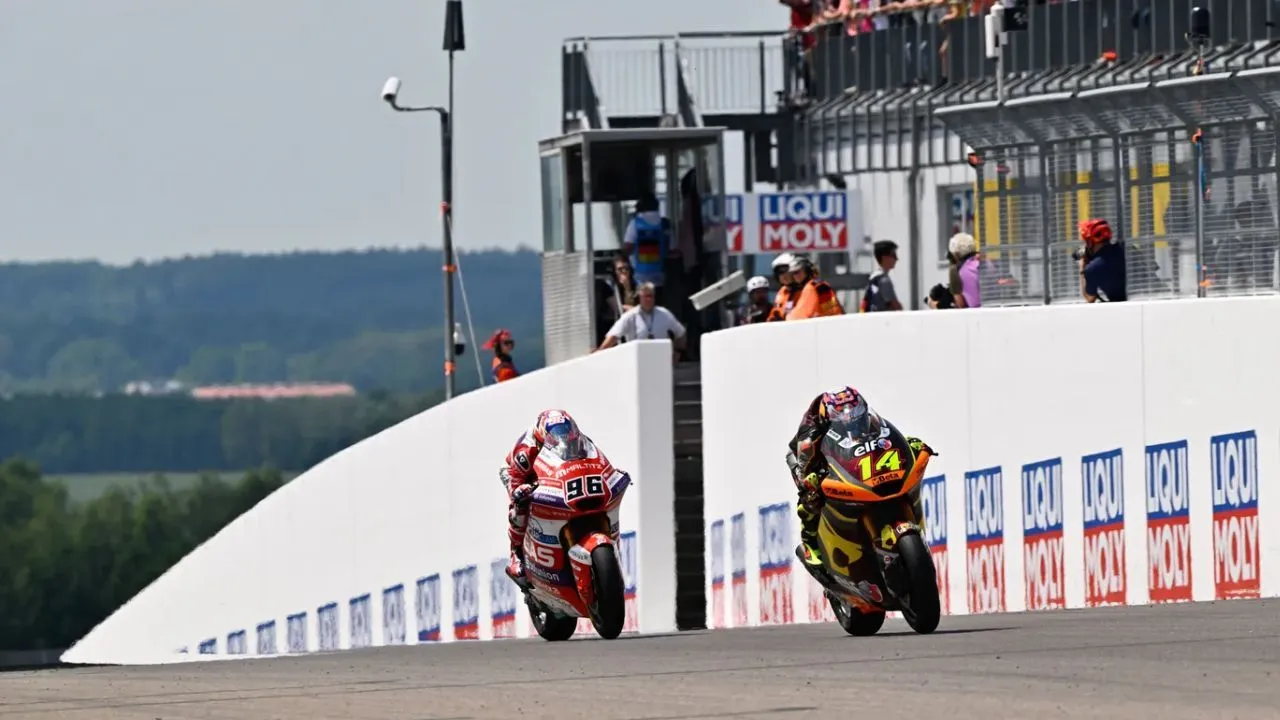
Moto3 vs. Moto2 vs. MotoGP: Chassis
The MotoGP bikes are prototype (experimental) machines that are designed to be lighter and more suitable for race tracks. The smallest class in the motorbike world championship, the Moto3, also relies on experimental chassis with simple engines and permitted materials, such as steel disc brakes, while the mid-spec racing class — the Moto2 — comes with production-based engines that are heavier than custom-built engines.
Moto3 vs. Moto2 vs. MotoGP: Engine and Output
The MotoGP bikes use V4 engines with a displacement of 1000+cc, although there is no restriction as to the type of engine to be used. The power output is rated at 247bhp to 250bhp, which is higher than that produced by the engines used in the Moto2 and the Moto3. Given that modern mechanics and technology are being used, MotoGP bikes are considered the most powerful in the motorcycling world. In comparison, the Moto2 racing bikes come powered by a 765cc, inline, 3-cylinder engine that cranks out 138bhp. In the Motor3, the motorcycles are equipped with a 250cc single-cylinder 4-stroke engine delivering 59bhp.
Moto3 vs. Moto2 vs. MotoGP: Weight
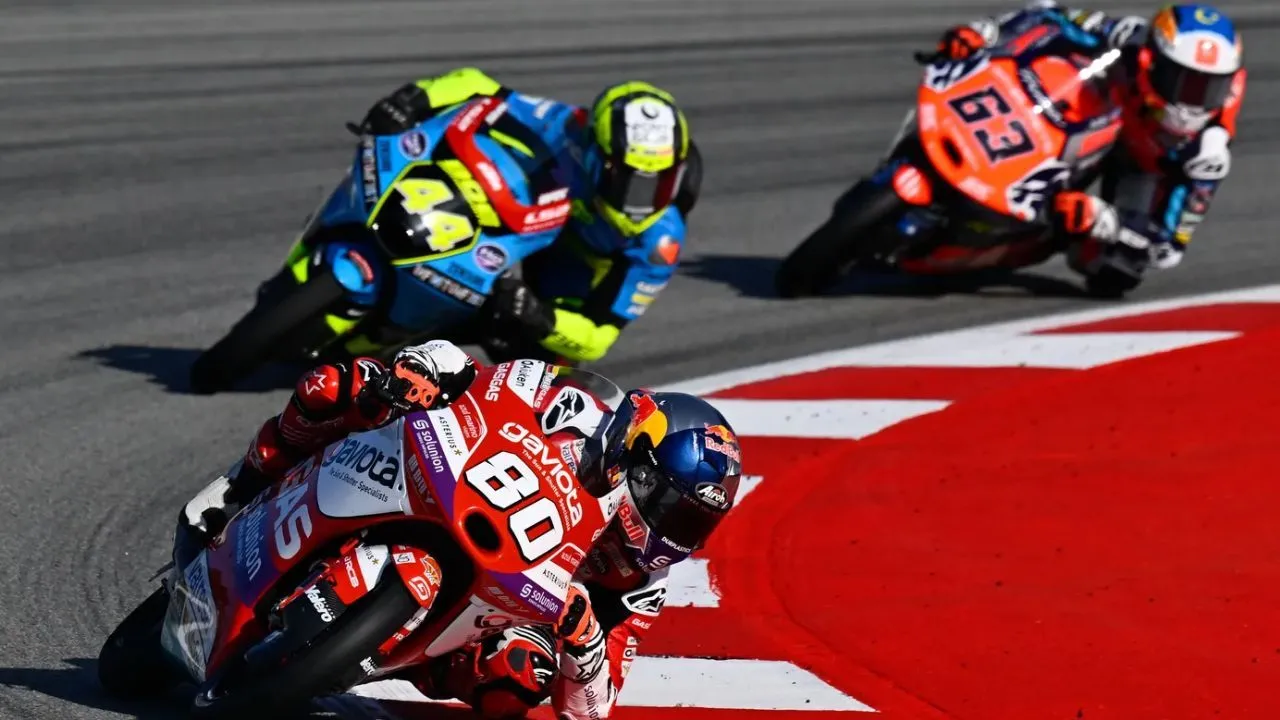
MotoGP rules specify a minimum bike weight of 157 kilograms, which is required to use the generated power to the maximum. To keep weight under check, most parts of the bike are made from titanium, magnessium, carbon, etc. In the Moto2 and the Moto3, the minimum total weight (bike + rider) is 217kg and 152kg, respectively.
Moto3 vs. Moto2 vs. MotoGP: Top Speed
Producing 250bhp, the MotoGP bikes are capable of a top speed of 350km/h, which is more than the maximum speed of the Moto2 bikes that top out at 295km/h — an increase of 55km/h. These MotoGP bikes are hand-assembled and are specifically customised to suit the rider and his riding style. In the Moto3, the top speed exceeds 245km/h.
Moto3 vs. Moto2 vs. MotoGP: Race Length
The GP races last between 45 and 60 minutes over a distance of 95km to 130 km, depending on the racing class and circuit. The races vary in distance and time. Unlike the Federation Internationale de l'Automobile (FIA), the FIM does not stipulate the time and distance requirements that determine the length of the races.
Also Read: MotoGP Bharat GP: Bikes and Equipment Arrive at Buddh International Circuit Ahead of Indian GP
The first-ever Grand Prix of India will take place from September 22 to 24, 2023. There will be a total of 41 teams and 82 riders competing in the MotoGP, the Moto2, and the Moto3 categories. Notable competitors include Marc Marquez, Fabio Quartararo, Jack Miller, Jorge Martin, Francesco Bagnaia, and Marco Bezzecchi.

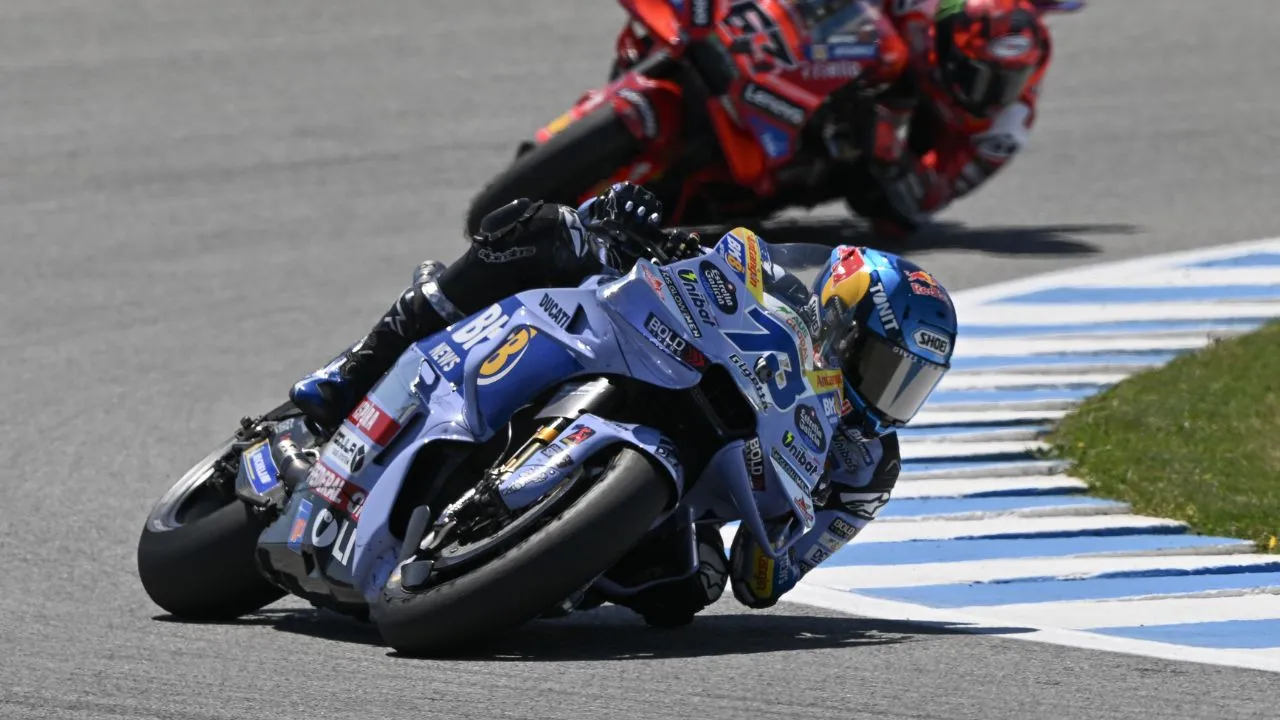

.webp)

.webp)



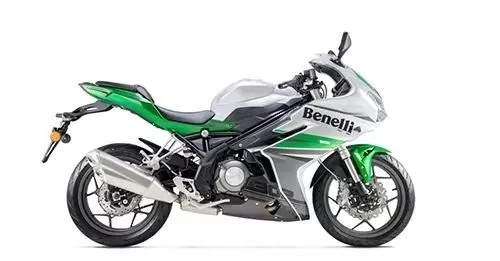
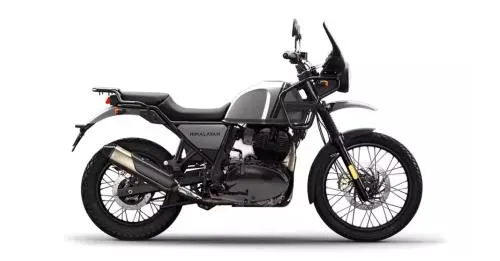



-(17).webp)






Write your Comment on